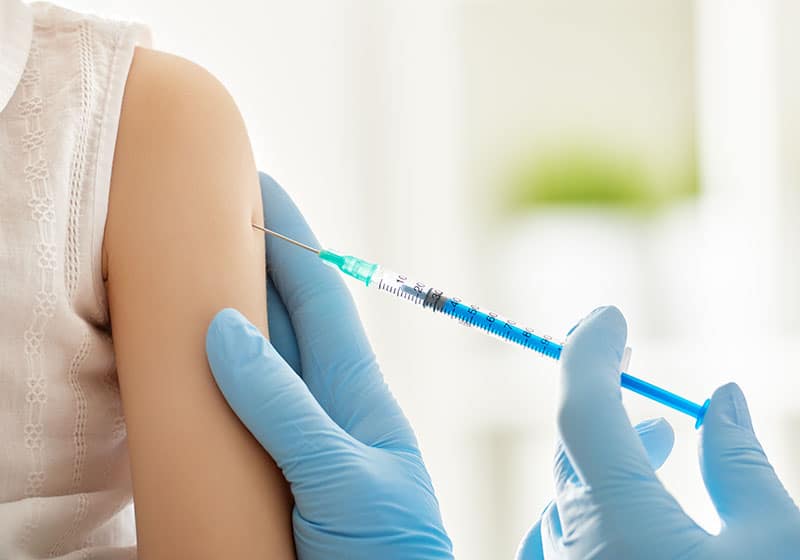While the world waits for vaccine candidates to complete trials and pass safety tests, Latin American countries are accelerating negotiations and agreements to obtain millions of doses that cover their populations to the maximum.
Here is how Latin America is preparing for an eventual coronavirus vaccine:
Argentina
It has advance agreements that will cover 28 million people, regardless of whether they are one- or two-dose vaccines. Argentina has 44 million inhabitants.
In addition to producing the Oxford / AstraZeneca vaccine together with Mexico to distribute throughout the region (except Brazil), the government announced the purchase of 25 million doses of the Russian Sputnik V.
Brazil
The country of 212 million inhabitants has bilateral agreements and also joined Covax, the WHO mechanism.
The federal government signed with Oxford / AstraZeneca to purchase and produce doses to vaccinate 65 million people in the first half of 2021 and another 65 million in the second.
The São Paulo government signed another agreement with Coronavac for 45 million doses, but due to political rivalries between President Jair Bolsonaro and Governor Joao Doria, the vaccine has not yet been included in the plans of the Ministry of Health.
Chile
Several agreements have been signed to immunize its 18 million inhabitants. Covax guarantees 8 million doses; Pfizer-BioNtech, 10 million.
It also reserved 14.4 million doses of the AstraZeneca / Oxford vaccine and 20 million from the Sinovac laboratory in China. The campaign would start in the first quarter of 2021.
Colombia
Negotiates agreements with Pfizer, AstraZeneca, Janssen, Sinopharm, CanSino and the Serum Institute of India.
The country expects by the first half of 2021 to be able to initially vaccinate 15 million of its 49 million inhabitants: 10 million through the Covax mechanism and 5 million through bilateral purchases.
Costa Rica
The government has three agreements (Pfizer, AstraZeneca and Covax) that provide for the delivery in the first quarter of 2021 of 6 million doses for 3 million people out of a population of 5 million.
Cuba
The state scientific institutes are working on four vaccine projects called Soberana 01, Soberana 02, Mambisa and Abdala.
Authorities hope one of them will be sufficient to inoculate the entire population in the first half of 2021.
Cuba has experience in vaccines, as it manufactures 8 of the 12 it uses in its immunization program.
Ecuador
Ecuador, with 17 million inhabitants, plans to vaccinate about 9 million people in the first phase.
Authorities announced agreements with Pfizer (2 million doses) and AstraZeneca (5 million) with progressive deliveries in 2021, while they hold negotiations with Novavax, Johnson & Johnson and Moderna.
Through Covax, it will receive more than 7 million doses.
Mexico
It has signed agreements with AstraZeneca, Pfizer and CanSinoBio for $1.66 billion, which together with the Covax mechanism of the WHO will cover 116 million Mexicans.
Delivery of the vaccines would begin this December, with the first batches from Pfizer and CanSinoBio. That month, up to 2.6 million people could be vaccinated, 3.5 million additional people between January and February and 11 million people in March.
Panama
It will allocate $48 million to purchase 4 million doses of the Pfizer vaccine to vaccinate 2 million people, almost half of its population with two doses per person. In addition, Panama joined the Covax mechanism.
Peru
Negotiates with pharmaceutical companies to vaccinate 24.5 million out of a population of 32 million by April 11, 2021.
It already has 15 million doses insured between agreements with Pfizer (9.9 million) and Covax (6 million).
Venezuela
With Russia, it agreed to receive 10 million Sputnik V vaccines by the first quarter of 2021. It also negotiates with China, although it has not provided details. The vaccination campaign will begin in April.
Uruguay
The government will obtain 1.5 million vaccines through Covax, to initially cover 750,000 people, out of the approximately 3.5 million inhabitants.






